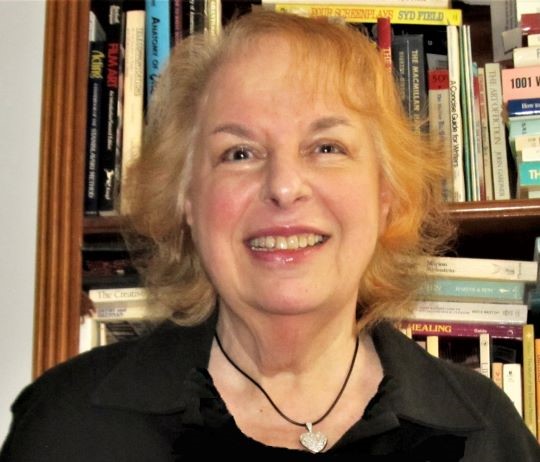
Poets are experts at tricking out the unconscious. The patterns of evolutionary spirals and cycles deeper than personal memory are waiting to be tapped. Like the wheel of the year, we are called to move forward, beyond old limiting stories we have lived by, to create new myths closer to our heart’s desire. Creating poetry at the seasonal change, whether novice or veteran writer, is an ideal vehicle for the transformational journey of Self-discovery. Our lives are filled with cycles, periods of time that repeat themselves in the same order. Night and day, the days of the week, phases of the moon, the water cycle and of course, the seasons. With each season we associate a process of actions particular to that interval, whether it be on the physical or spiritual plane. Think of the carefree days of summer, when the sun reaches its zenith: long days and short nights brimming with the energy of outward manifestation. Fall brings a crisp colorful world with the gathering of the harvest and, at the autumnal equinox, a brief balance of yang and yin energies. When the winter solstice approaches, we prepare for inner growth. The earth rests under a blanket of white as we meditate on the dark fertile unknown in ourselves. The sun then moves from Pisces to Aries. Increasing hours of light herald the magnificent burst of growth for a world on the verge of rebirth each spring. The seasons are seeds waiting to sprout with hidden meaning. Let the approaching season become your focus. Begin to list words and phrases that come to mind in relation to it. Allow thoughts to flow like a rushing creek at spring thaw, gliding over any boulders your mind might create. If you hit an ice block, melt it with the heat of repetitive words, written over and over again until you blast through to a new idea. Do not take your pen off the paper (or fingers off the keyboard) and keep coursing along for at least five minutes. In this free association blitz, we enter the domain of our right brain. It takes charge by conjuring up images and comparing through metaphor rather than measurement. Here intuition reigns, so a picture is perceived complete with ambiguities and opposites. In this, a true equinox moment, we can explore our own balance, the shadow self as well as our Light. From this glorious bounty, gather the words and phrases that call out for expansion or combination. Now our left brain, recognizing parts and the cause and effect between them, kicks into high gear. Its active style of linear thinking can assess, draw conclusions, and concentrate on what is tangible: it is a trusty editor. If we put our faith in these two distinct operations, a poem will emerge just as surely as spring follows winter. It need not be any particular form like haiku, that ancient Japanese genre so steeped in traditional categories for seasonal words.. In this rigorous approach, a poet’s location, as well as the climate and seasonal phase, can be indicated by the turn of a phrase. For example, the word icicles (tsurara) would indicate a late winter poem while pale red leaves (usumomiji) speak of mid-autumn. For our purposes, feel free to accept what comes without expectation or limitation. As Aristotle suggested, “The universal exists for, and shines through, the particular.” By choosing to explore a specific season, we define the content and set the scene. Hopefully, if we have dived deep enough into our rushing creek, another layer of meaning is evoked by the time the poem is finished. The poet discovers a connection with the Earth’s processes of birth, growth, decline, death and rebirth. Sensing ourselves as parts of the eternal whole, interrelated in joyous harmony with all that is, we become light-bearers for ourselves and our readers.

Seasonal Poetry: A Path Through the Woods is an outgrowth of my personal journeys as a poet and the workshops I presented, particularly at the Metropolitan College of St. John’s University. Presenting the seminars, I witnessed firsthand what a positive impact they had on the self-esteem of the participants. It helped people empower themselves and shift from stuck to self-aware.
I would be remiss if I did not mention some of my poetry mentors. I studied with William Packard at NYU and gave a reading at The New School for New York Quarterly. Other poets whose kind assistance informed my work were William Heyen, Vicki Karp and Miguel Pinero.
